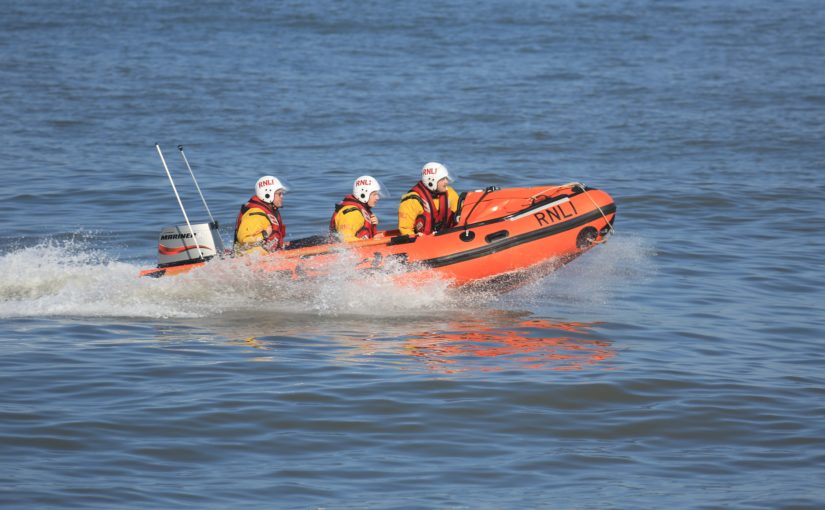When it comes to lifeguard training, the equipment and clothing play an important role. In this article we will look at some of the different types of equipments and clothing that is necessary for lifeguard training.
What Types Of Lifeguard Equipment Are There?
Lifeguards are people who patrol swimming pools and beaches and assist swimmers in need of rescue. In order to do his or her job, the lifeguard must have specific lifeguard equipment on hand to save lives. This equipment may include buoyancy devices, transportation devices, and medical devices. In addition, he must wear a comfortable bathing suit.
The lifeguard uses flotation devices to buoy those who are unable to get out of the water. A common piece of lifeguard equipment is the lifebuoy, which is a thin, straight piece of foam covered in vinyl with a long strap attached. The lifeguard wraps the hose around the person and attaches the strap at the opposite end so that it forms a ring around the person’s waist. The lifeguard can then get a person to safety by holding the device while swimming.
Another flotation device is the ring buoy as it is usually a foam circle with a rope attached. This type of buoy is also known as a toss, as the lifeguard often throws it at a person in trouble. The person in need can be instructed to grab it or it can be placed around the body so the lifeguard can pull the rope and help the person out of the water.
Lifeguard equipment also includes transportation devices that help lifeguards transport injured people once they are out of the water. Many gear sets include a spineboard and a plastic board about the same length and width as the average adult body. Lifeguards lift injured individuals and strap them to these boards so they can remove them from the beach or pool area without aggravating their injuries. Two or more lifeguards are required to lift the board using the handles on either side.
Another common attachment in lifeguard gear is the immobilizer, which is important when a spinal cord injury is suspected. This device allows the lifeguard training near me to carefully place the casualty’s neck and head between two blocks of foam. Straps attached to the blocks are then fastened to the top and bottom of the head, usually around the forehead and chin. This prevents head movement so that an injury caused by movement, such as during transport, is not aggravated.
Since lifeguards often have to take care of the injured until the rescue service arrives, they usually have basic medical equipment on hand. These supplies will likely include a first aid kit with basic bandages and ointments. Some lifeguards also have defibrillators, CPR face shields, and oxygen units.
Most lifeguards have a whistle or megaphone. He or she needs these tools to get swimmers’ attention quickly, especially during important safety announcements. A high chair and parasol are also often part of lifeguard equipment to provide a better view of the patrol area.
Also Read About: How to shorten the ALA lifeguard training online portion?
What Types Of Lifeguard Clothing Are There?
Lifeguard clothing is designed to suit the weather. It starts with a bathing suit. Shorts, a t-shirt and a hooded sweat jacket can be worn over lifeguard swimwear, but these items must be easy to remove in an emergency so the lifeguard can get in the water quickly. Pull-on pants, such as drawstring jogging pants with “Lifeguard” printed on one leg or on the bottom, are also available but are not worn as commonly as a variety of shorts. Red is one of the most popular colors in lifeguard clothing. white, blue, black, grey, yellow and orange are also worn by many life-saving professionals.
A red cross or the word “guard” or “lifeguard” often appears on clothing designed specifically for rescue workers. In addition to swimsuits, shorts, T-shirts, sweat jackets and jogging pants, hats and slip-on shoes are also often worn. Slip-on beach shoes allow the lifeguard to quickly remove them if they need to get into the water in an emergency. Common types of lifeguard hats include cloth baseball caps and straw or nylon hats.
In general, lifeguards wear modern but conservative swimwear. Female lifeguards may wear a two-piece swimsuit, but the pieces are not exposed at the chest or back. Male lifeguards typically wear swim trunks that are more the length of shorts than briefs. Solid colors with cross or “lifeguard” graphics and suits with sporty stripe accents are popular swimwear looks for beach or pool use.
Board shorts are lifeguard clothing worn by both men and women. These are longer, slimmer shorts that usually have a drawstring waist and are made of a soft material such as a cotton jersey. Lifeguards are often not permitted to wear necklaces or other jewellery on duty. Instead, lifeguards carry a whistle on a rope or cord to signal warnings to swimmers. Some lifeguard clothing companies sell whistles in different colors to coordinate with their attire.
Rain ponchos or hooded jackets are sometimes worn by lifeguards working in rainy or windy conditions. Many beach lifeguards have other duties than supervising swimmers from a high chair. They must ensure that the beach is kept clear of dirt and put up signs with rules for swimmers. All lifeguard attire can be layered as needed, from a bathing suit to a rain poncho.

